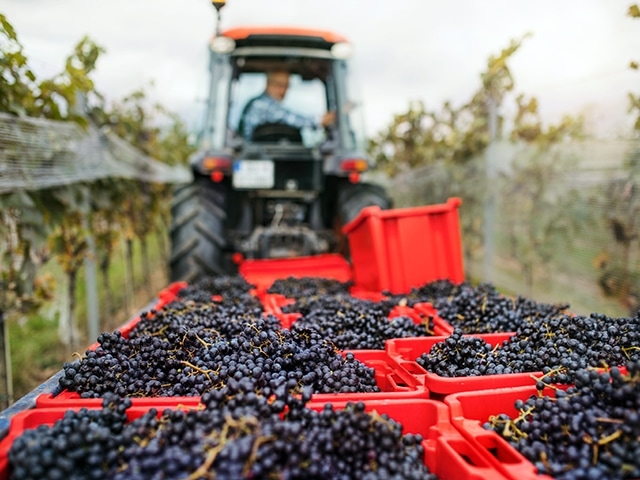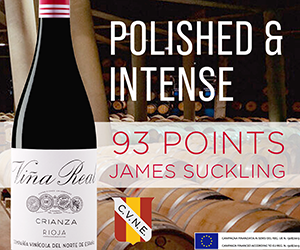After visiting numerous wineries over the past two weeks, we've started to get a feel for the 2025 vintage in the Okanagan and Similkameen.
It's far too early to make any bold proclamations or conclusions, though that won't stop others. There's still a lot of fruit hanging in vineyards; harvest is far from over.
We can make some initial observations, however. The 2025 will be a generous one, both in terms of yield and overall quality. The former is a relief, and, frankly, a surprise for many growers after the winter damage of the last two years.
The vines that survived have rebounded significantly, defying initial expectations and textbook logic. Most growers are looking at a sizable crop, with many dropping fruit to lower yields, something that would've been unimaginable a year ago. Vines are resilient, and this year has proven that. Some wineries project this year to be their largest harvest yet.
Based on the grapes brought in so far, the initial impressions are that the 2025 vintage will be of high quality. It was a consistently warm, albeit condensed, growing season, which will likely rank among the warmest on record. But unlike comparable years like 2021 and 2023, this year's growing season avoided extreme heat spikes and, thankfully, wildfires.
An important factor in determining quality will be the amount of fruit growers carry into harvest. It's hard to blame growers for getting overzealous after the last two years. However, driving up and down the Okanagan, it's clear that some vineyards are carrying large crop loads of questionable quality, and that's assuming the vines even have the capacity to ripen the fruit fully. That will be a concern, especially for late-ripening varieties, such as Bordeaux reds, which will still need ample warmth through the fall.
There is no shortage of Okanagan fruit available at the moment. A few months ago, prices were sky-high as growers sought to recoup losses from the past two years. That's no longer the case, and prices have returned to more reasonable levels, aligning with what we saw three years ago. That's a relief for wineries, and we imagine it will be for consumers in the long term.
Only a small number of wineries are sourcing fruit again from the US. It's conceivable that some BC grapes may not have a buyer, an indication not just of the amount of fruit available but also, we expect, a relatively soft market. It makes this week's announcement that the replacement wine program has been extended all the more confusing.
To be sure, many producers will have replanted vineyards that will not be in full production for another several years. The availability of BC fruit may have been a question mark earlier in the year, but it's certainly not now. The last-minute timing primarily benefits those who already have existing plans in place – or aren't particularly quality-minded.
Wineries with commercial licenses could always produce wine from imported grapes, with or without the replacement program. It's the profitability, resulting from the program's markup exemption, that is the key difference. Last year, it was about survival. This year, it's worth asking who this program is intended to serve.
Let's be clear, replacement wines include bulk wine purchased from the US (or elsewhere) and bottled in BC. At the same time, distributors/importers aren't allowed to sell US wines already in the province, languishing in warehouses, and have been taking it on the chin because the government made a political decision to block the sale of US wine, threatening the viability of dozens of small businesses deemed more expendable than local wineries. From the outside, the replacement wine program now appears logically inconsistent, serving some interests over others.
The messaging around the second vintage of replacement wines will be worth watching. Many wineries have been rightly pushing the message that the 2024 wines were made well before Trump's election in November 2024. The reality is very different now, and it could be difficult to ignore or avoid the politics. One thing is for sure: there won't be the same industry cohesion and support for these wines this time around, and that's bad news for everyone.
From our visits to the vineyard and winery, there's an optimism in the air that was missing over the last couple of years, along with a sense of resiliency that matches the vines, too. Growers are adapting and innovating as they seek ways to cope with extreme winter temperatures in the years to come. It's an encouraging sign.
As we await the final days of the 2025 harvest to see how the story ultimately unfolds, we also wait to see whether wineries, growers, and government can set aside their egos and all start pulling in the same direction.

 quicksearch
quicksearch






